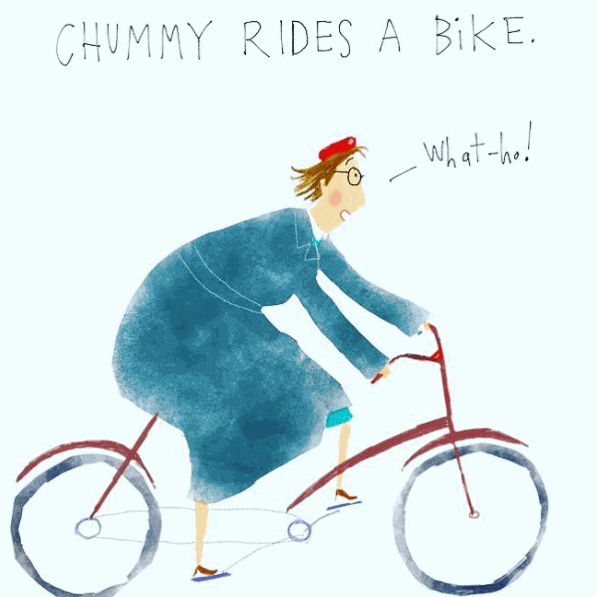The Standing Release: Holding Physical and Emotional Space
When I first took a Spinning Babies Workshop in February 2016, my mind was blown by all of the physiological factors that can go in to helping with the comfort of the birthing person and optimal positioning of the baby. The physiology part of the Spinning Babies curriculum can get overwhelming - learning about all of the ligaments and the names of baby positions in utero is a lot to but, overall, it becomes second nature the more I practice it with my clients. Spinning Babies is an amazing resource for pregnancy and birth workers. If you haven't checked them out do it as soon as you can!

One of the techniques that Spinning Babies recommends for overall pregnancy comfort and optimal fetal positioning is the Standing Sacral Release. The Standing Sacral Release is used to help relax, or release, the fascia around the abdomen. When the fascia in this area is released, baby and birthing person can more easily relax in to labor.
What is Fascia?
Fascia is a collection of connective tissue that holds major muscle groups together. It's believed that fascia can start to tense up from stress and over/under use if it's not stretched and relaxed like our major muscle groups. Another reason that tension builds is our sedentary lifestyles.
Diagnosing and treating tightened fascia should be done by experienced body workers such as chiropractors and massage therapists. Some of my favorite resources for prenatal massage, in Austin, are WomanCraft with Colleen and Tracy (Central Austin and outcalls), and Lacreshia Laningham (Pflugerville/Round Rock). My favorite chiropractors are doctors Allie Goodwin (Central Austin), Blair Miller (Round Rock), and Khanh Nguyen (Pflugerville).

However, unless you have a body worker as your doula, it's out of our scope to be doing these types of manipulations! This is where the gentle Standing Sacral Release comes in.
The Standing Sacral Release
The steps are (taken from the Spinning Babies website):
1. Both you and the birthing person wear comfy clothing and remove your shoes. Belts and thicker clothing, like jeans, should be avoided.
2. Have the birthing person rest comfortably, standing, shoulder-width facing a wall with their head nestled in to their arms.
3. Leave the birthing person to get comfortable for a few breaths.
4. Place one of your hands on the birthing person's lower abdomen (you'll actually be approaching the top of their pubic bone) and the other hand cupping the sacrum/tail bone.
5. The pressure that your hands should have will only be that of barely holding up a balloon between your hands. It will definitely feel like you are doing nothing to help the birthing person.
6. Hold this position, with calm breath, for at least 20 breaths to start. Go for as long or as little as you feel comfortable.
7. If you'd like, go ahead and switch!
8. When finished, take a quick walk together to help with re-alignment and freshening up the energy.
Holding Space
For the birthing person and their partner, this technique is really weird. I started doing this fresh out of Spinning Babies to some mixed results from families because it's so awkward and, for awhile, I just gave up trying it.
Here's why:
When we think of muscle releases and massages, we think of being extremely active - digging thumbs and knuckles in to a knot until it disappears (body workers cringe at this idea!). Instead, you both are kind of just standing there; the birthing person waiting to see what happens, the partner barely giving any pressure and holding a funky spot on the body that doesn't normally get handled unless you're having sex.
This is where I take a few steps back and explain what holding space is. When we emotionally hold space for other people, we are only being present for them. We validate feelings. We are not fixing their problems, giving advice, or taking their feelings as our own. We aren't forcing any of our own experiences on to their inner world. We are making it a safe place where they can let go at their own pace and to the level that they feel comfortable releasing with us.
At the point that we feel more comfortable in our abilities to hold space emotionally, we can be better prepared to hold space physically. I approach this technique as if I'm listening to what their bodies want to tell me - no more, no less.
The Mama Fox Doula Way
For me to bring more intention (versus just standing there) in to the Standing Sacral Release, I talk about holding space, tell them where I'll touch them, and get them set up on a wall, in a room with dim lighting.
Before I touch them, I ask if they're okay with me touching them. If they say no, then I thank them for their honesty. I'll turn this in to a loving-kindness meditation session. The birthing person still leans on the wall, I let them know that their partner and I are repeating the loving-kindness meditation in our heads (below), and we'll be there to support them no matter what.
If they say yes, then I thank them for inviting me and trusting me in this space. Then I tell the birthing person:
"You're safe to let go at your own pace and I will follow and trust your lead. I will be here if you need time to stand still, and I will be here if you need flexibility to move. You're loved and valued in this space between my hands. My focus is only to let you know that you have my support, no matter what."
I may also keep repeating a loving-kindness meditation:
May you be filled with loving-kindness.
May you be well.
May you be at peace and at ease.
May you be happy.
Maintaining a deep, rhythmic breath is important for the giving person. If I notice that the birthing person is having a hard time keeping their breath, I'll do a long inhale and exhale, and once they're back on track, I'll keep breathing quietly.
Then, we wait. We start with 20 breaths here and you can go longer depending on yours and the birthing person's comfort. Sometimes there's some gentle rocking and swaying of the hips, sometimes there isn't any. Both are great since there's no right way to release. But, as the giver, my attention is only thinking of how much love and care I have for this person and how I'm willing to wait and be present for them.
For the birthing person, you can just relax in to the wall. There's no need to force movement if it doesn't come naturally. If anything, this is a time where you can take a few minutes to relax and feel loving-kindness from someone you feel comfortable with.
After I demonstrate this, I have the partner try it out, to their comfort level. Then the birthing person practices the release on their partner (how can we receive if we don't know how to give?). At the end of the release, there's sometimes tears and a group hug. But, all the times, there's all the feels.
When To Use It
I start doing the Standing Sacral Release at my first or second prenatal visit, if my client seems open to it. I lead with explaining what holding emotional space is, how our muscles and fascia can hold emotional pain, and how the Standing Sacral Release is the physical equivalent of holding space.
After the release is finished, I also explain that this peace and active listening is really what the majority of birth support is like - interspersed with sips of water, bites of food, and offering lip balm (all that breathing really dries out the lips!). We stay calm and wait for the birthing person to reveal what they need to birth their baby. Birth doesn't have to be an ungrounded, high-energy event!
I encourage families to do this at least once a week to become used to having their space being held, and holding space for their partner.
In labor, I'll do the Standing Sacral Release if I'm sensing any emotional stress, the birthing person is able to move around/uncomfortable laying down, and open to the technique in the moment. I'll dim the lights, put some LED candles up, and start a diffuser, if the birthing person requests it, to help create that calm space.
What did you think of the Standing Sacral Release when you first practiced it? Do you think this would work in your doula practice?













